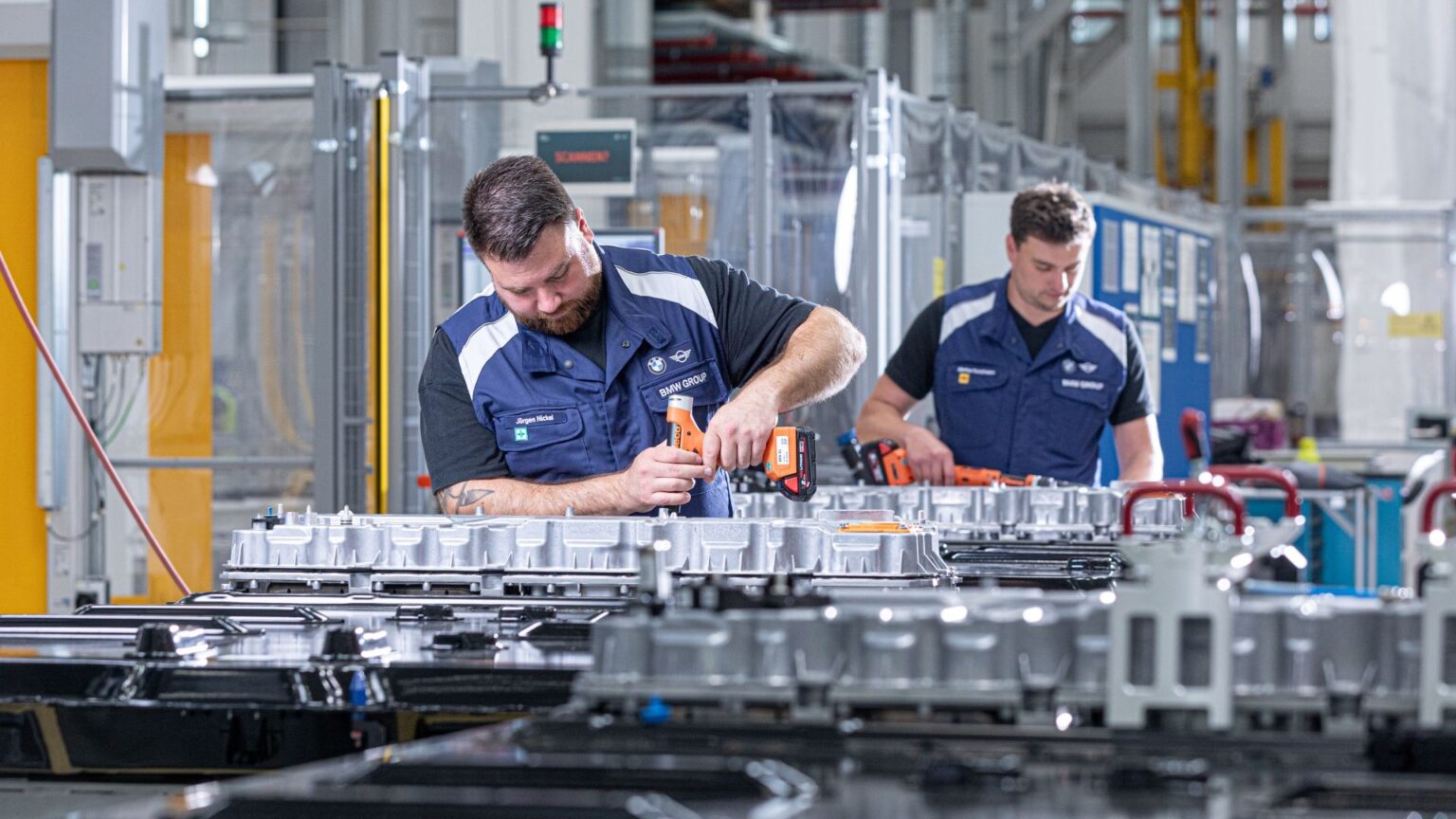Electric vehicles will be the majority of new cars on the road one of these days. It is inevitable, or at least feels that way now. The push for greener, safer, and more sustainable battery technology has reached a fever pitch. EVs may be emission-free at the tailpipe, but their carbon footprint starts long before a single mile is driven, particularly in the production of battery housings, which are typically made from energy-intensive aluminum. Now, a new study proposes a wild-sounding but surprisingly effective solution: wood.
To provide you with the most up-to-date and accurate information possible, TopSpeed has sourced data from authoritative websites, including MDPI and Springer Nature.
Yes, You Read That Right
Researchers have developed a series of wood-steel hybrid beams that could revolutionize how EV battery housings are built. Not only do these hybrids perform better in crash tests than conventional aluminum designs, but they also significantly reduce the environmental impact of battery construction. It’s a breakthrough that bridges 21st-century automotive safety with one of humanity’s oldest and favorite building materials. This stuff gets pretty dense, but the findings are pretty amazing.
Why Wood?
Historically, wood has played a significant role in vehicle and aircraft construction, from the Model T to World War II aircraft like the De Havilland Mosquito. It’s lightweight, renewable, and surprisingly strong, especially when laminated or enhanced. However, wood’s tendency to fracture under certain loads and rot has limited its use in modern vehicle safety structures.
To overcome this, researchers encased laminated wood cores—birch, poplar, and paulownia—inside thin-walled, high-strength steel boxes. These hybrid beams were then subjected to three-point bending crash simulations, mimicking side-impact collisions that pose serious risks to EV batteries. The Results: Stronger, Safer, and Renewable
The hybrid beams weren’t just competitive—they outperformed aluminum in key categories. Compared to ductile aluminum (EN AW 6061-O):
- Birch and poplar cores achieved 88-percent higher peak forces.
- Energy absorption was 98-percent greater.
- Paulownia-steel hybrids, while lighter, still improved force absorption by 60-percent.
And when stacked up against high-strength aluminum (EN AW 6061-T6), the wood hybrids matched peak forces under low intrusion and surpassed energy absorption by 76-percent at larger deformations.
This matters because battery housings aren’t just boxes—they’re structural components that must absorb energy in crashes while protecting sensitive (and flammable) battery cells. By absorbing more energy and deforming in safer ways, these wood hybrids provide an extra buffer against thermal runaway, short circuits, and catastrophic failures in crashes.
A New Era Of Sustainable Design?
From a sustainability angle, wood-steel hybrids are a double win. Not only do they replace energy-intensive materials like aluminum, but they actively store carbon, trapping the CO₂ absorbed by trees during their lifetime. Unlike metals, which require heavy mining and smelting, laminated wood products can be sourced renewably and shaped with relatively low energy output.
Past research projects like “HAMMER,” “WoodC.A.R.,” and “Bio!LIB” have already shown that wood can be viable in crash structures, snowmobile frames, and even side-impact beams. The latest findings build on that by proving these hybrids can meet—and exceed—automotive safety requirements.
How It Works
Each hybrid beam is made from two welded C-shaped steel profiles filled with laminated wood. The steel is thin—just 0.8 mm—but strong, and the wood cores vary in density and stiffness:
- Birch: Strongest and densest; delivers top-tier crash resistance
- Poplar: Lightweight with excellent energy absorption
- Paulownia: Ultra-lightweight, still offers meaningful safety gains
Using advanced welding and controlled grain orientation, the researchers ensured that the wood cores absorbed impact energy while the steel shell maintained structural integrity. The wood densifies during impact, slowing down force transmission and preventing sudden failure—something pure wood or even metal can’t always manage.
Beating Aluminum At Its Own Game
To validate the hybrids’ performance, the team created aluminum beams with the exact same mass and outer dimensions as the wood-steel hybrids. These were digitally modeled using advanced LS-DYNA simulations, incorporating real-world tensile strength data and validated against existing crash tests. Even under ideal conditions, the aluminum couldn’t keep up.
- The birch hybrid absorbed over 600-percent more energy than a hollow steel profile of equal mass.
- Bending stiffness and peak force metrics increased significantly, even without structural failure.
- Only two beams failed, and only after extreme loads near the end of testing..
So, When Do We See This On the Road?
The study’s implications are clear: wood can make EVs safer and greener, especially when paired with smart steel engineering. It could become a game-changer for EV manufacturers looking to boost safety ratings while lowering their vehicles’ carbon footprint.
Of course, there are still hurdles. Wood is a natural material, and with that comes variability in grain, moisture, and long-term durability. That’s why projects like “CARPENTIER” and “HOLZF3” are focused on improving wood processing, standardizing properties, and making sure performance stays consistent at scale. But if automakers can get behind the idea of bio-based safety structures—and integrate them intelligently—wood-steel hybrids may soon be part of the mainstream EV conversation.
This isn’t about going back to the days of wooden station wagons or plywood chassis. It’s about using nature and technology together to build smarter, safer, and more sustainable vehicles. In the race to create the ultimate EV, a little piece of the forest might just be the secret weapon.
Read the full article here


